In the manufacturing of oral care appliances, seal degradation has increasingly been identified as a hidden yet critical factor leading to biofilm regrowth inside devices. When sealing components lose integrity, moisture retention and microleakage create conditions ideal for bacterial colonization. Is this risk unavoidable? Or can manufacturers take strategic steps to prevent it? This blog analyzes root causes and technical solutions.
In water flossers, electric toothbrushes, and similar appliances, seal degradation typically involves:
Once seals degrade, devices lose their waterproof barriers, allowing microleaks that compromise hygiene and performance.
Biofilm regrowth refers to the resurgence of bacterial colonies adhering to inner surfaces of oral appliances. Seal degradation accelerates this process by:
This not only affects product hygiene but also risks user health through repeated bacterial exposure. Company web:https://www.powsmart.com/product/electric-toothbrush/
From a manufacturing perspective, seal degradation commonly arises due to:
Addressing these issues at the production level is crucial for long-term device safety.

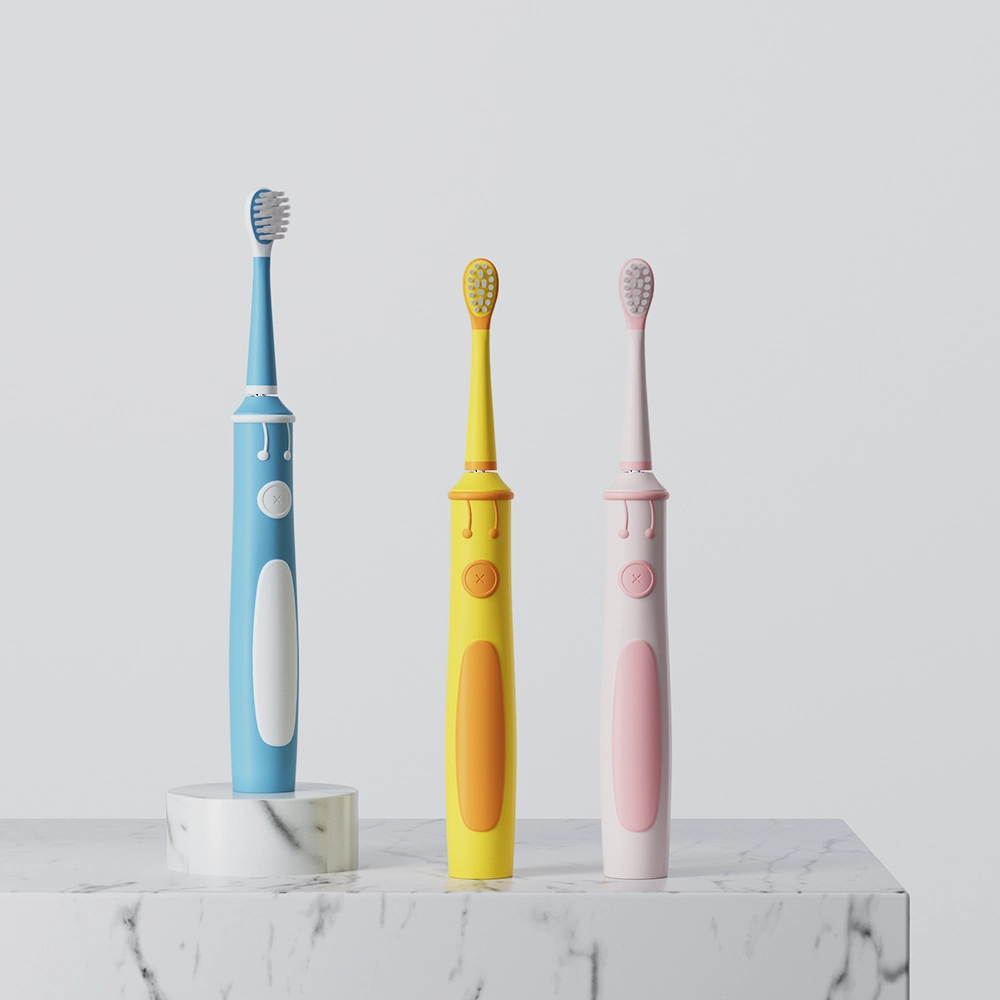
To prevent biofilm regrowth caused by seal failures, manufacturers should:
Together, these steps ensure not just structural seal integrity but also hygienic performance across product lifespan.
Beyond design and material improvements, ongoing quality assurance is key:
Such proactive monitoring identifies weak points before they escalate into widespread product issues.
From a B2B manufacturer’s standpoint:
By controlling seal degradation, manufacturers protect both end-user safety and long-term commercial viability.
Is biofilm regrowth from seal degradation preventable? Absolutely. By combining advanced materials, optimized mold and assembly processes, and rigorous inspection protocols, manufacturers can effectively eliminate this hidden contamination source. Protecting seals means safeguarding device hygiene—and user trust. Contact us
.jpg)
How can USB-C fast charging keep your electric toothbrush ready at all times Long Battery Life?
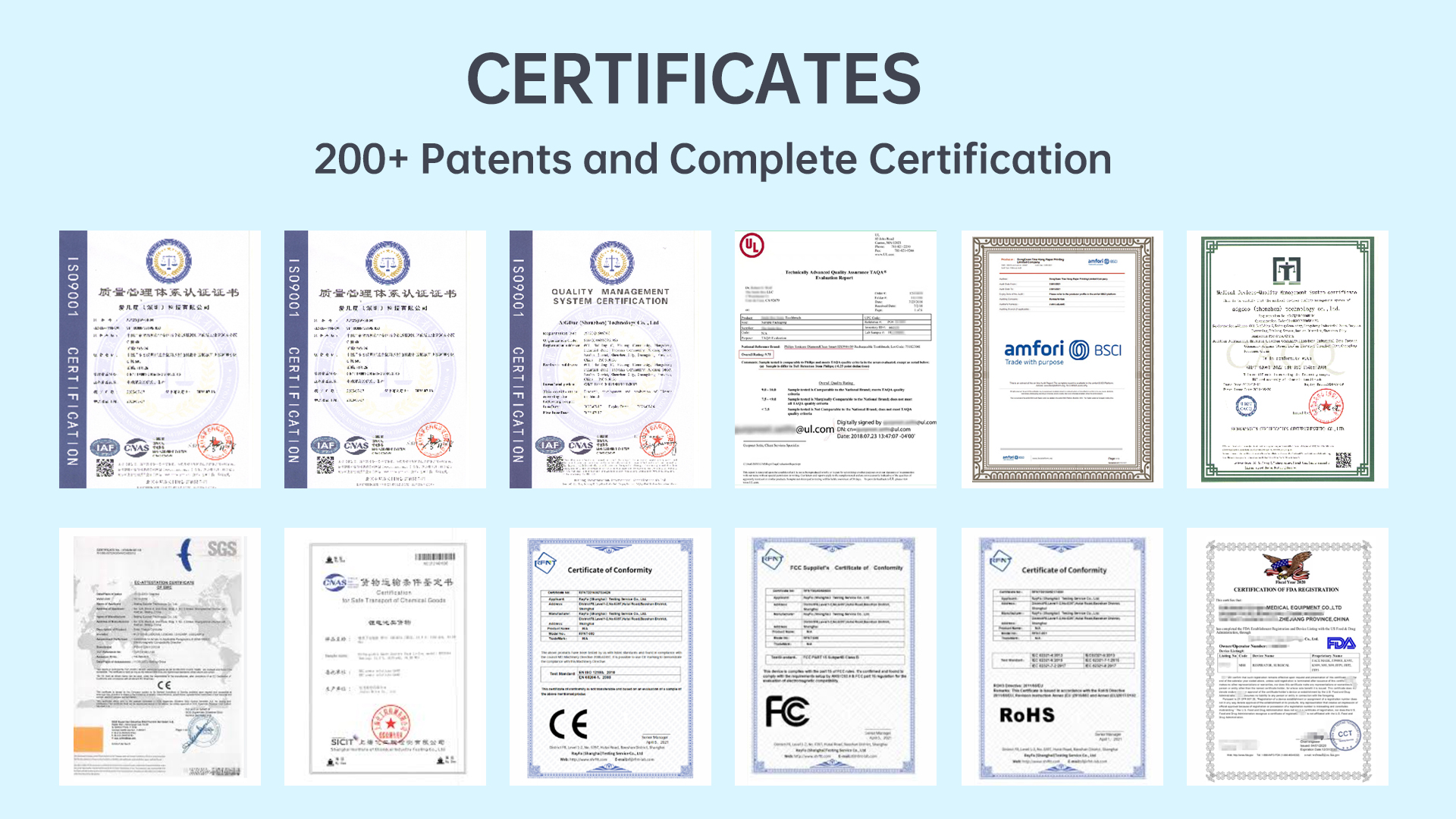
Is POWSMART Ultrasonic Toothbrush’s Chemical Residue Over Limit?
.jpg)
Confused by dental insurance? Which coverage plans include implants?
.jpg)
How to Evaluate a Toothbrush Manufacturer Catalog for Toothbrush Quality?

Choosing Electric Toothbrush Handle Processes: An OEM Guide to Cost vs. Quality
Recyclable Packaging Toothbrush Supplier | Eco-Friendly Oral Care

How to Optimize Electric Toothbrush Production Lead Time? Strategies for Shortening Lead Times and Enhancing Brand Competitiveness

The Importance of Dust-Free Workshop in Oral Care Product Manufacturing

How Long Is the Average Service Life of Electric Toothbrushes and Oral Irrigators?
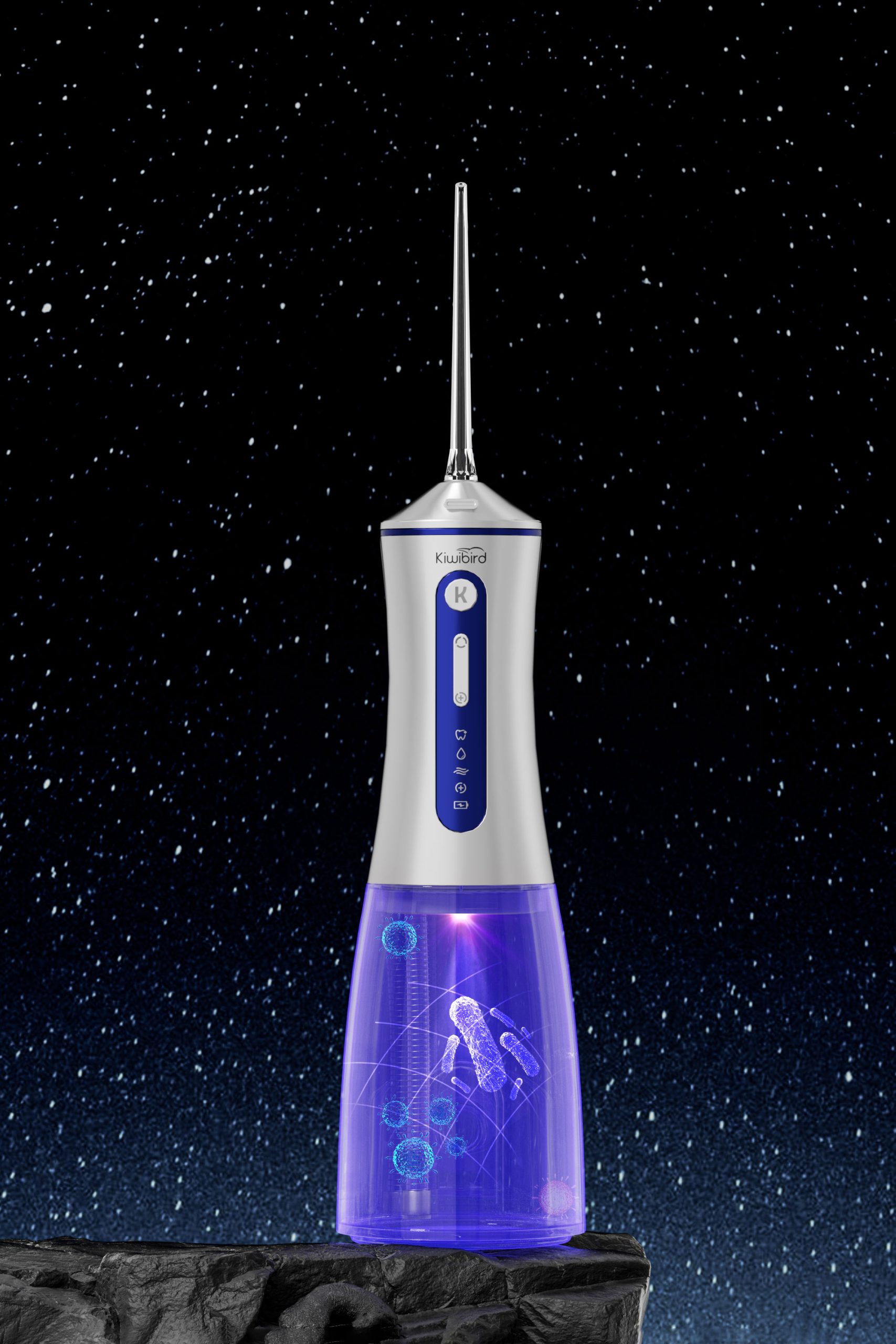
Why Does a Water Flosser Need a Sterilization Function?
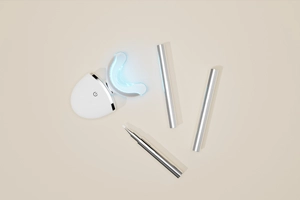
Does Teeth Whitening Gel Expire? Answer From Factory
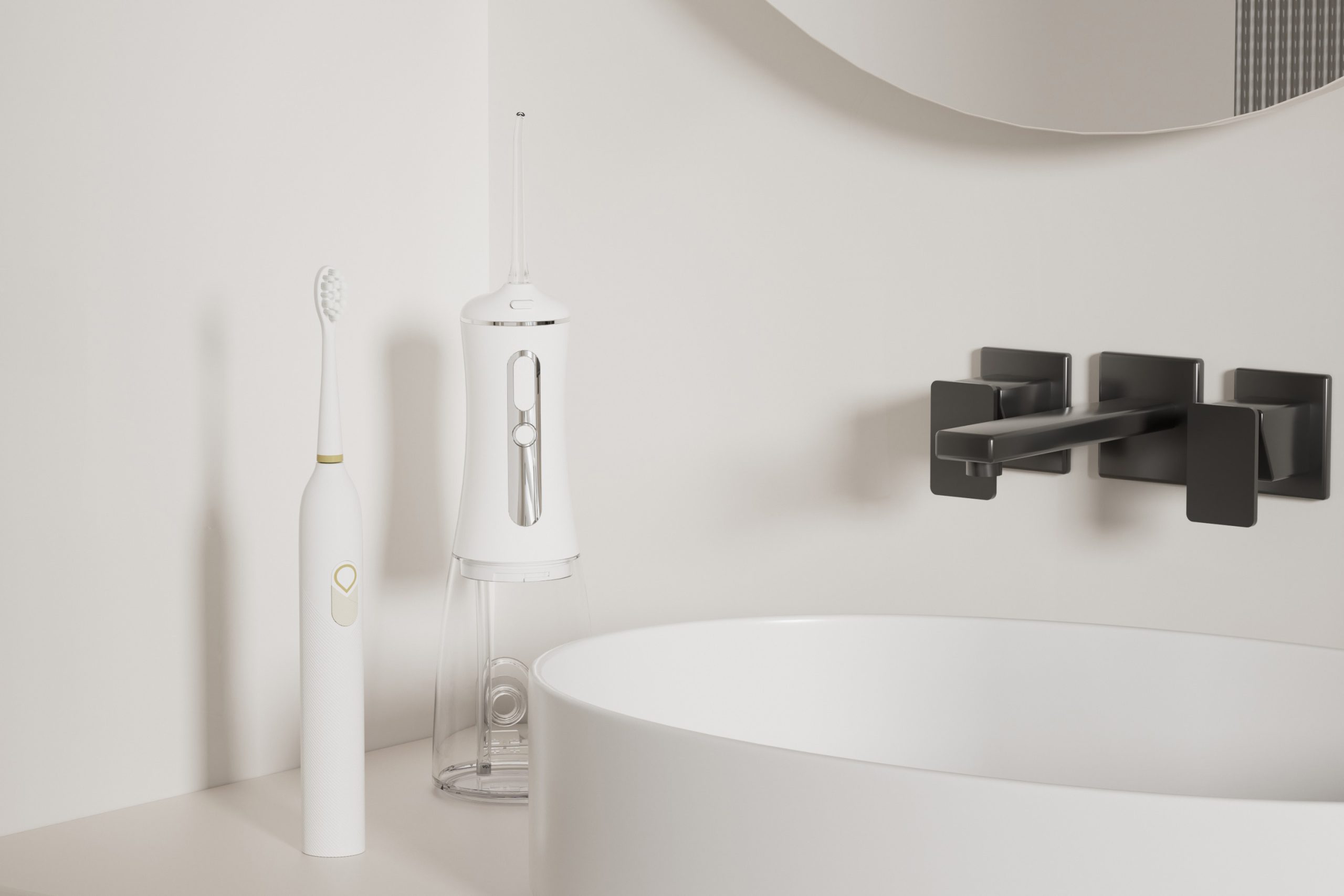
Optimization of Water Pump Type and Oral Irrigator Water Pressure: How to Choose the Right Solution for Your Brand’s Positioning?
.jpg)
Is Your POWSMART Smart Rechargeable Toothbrush Leaking Battery?
Swivel Blockage Leading to Saliva Depletion – Preventable?
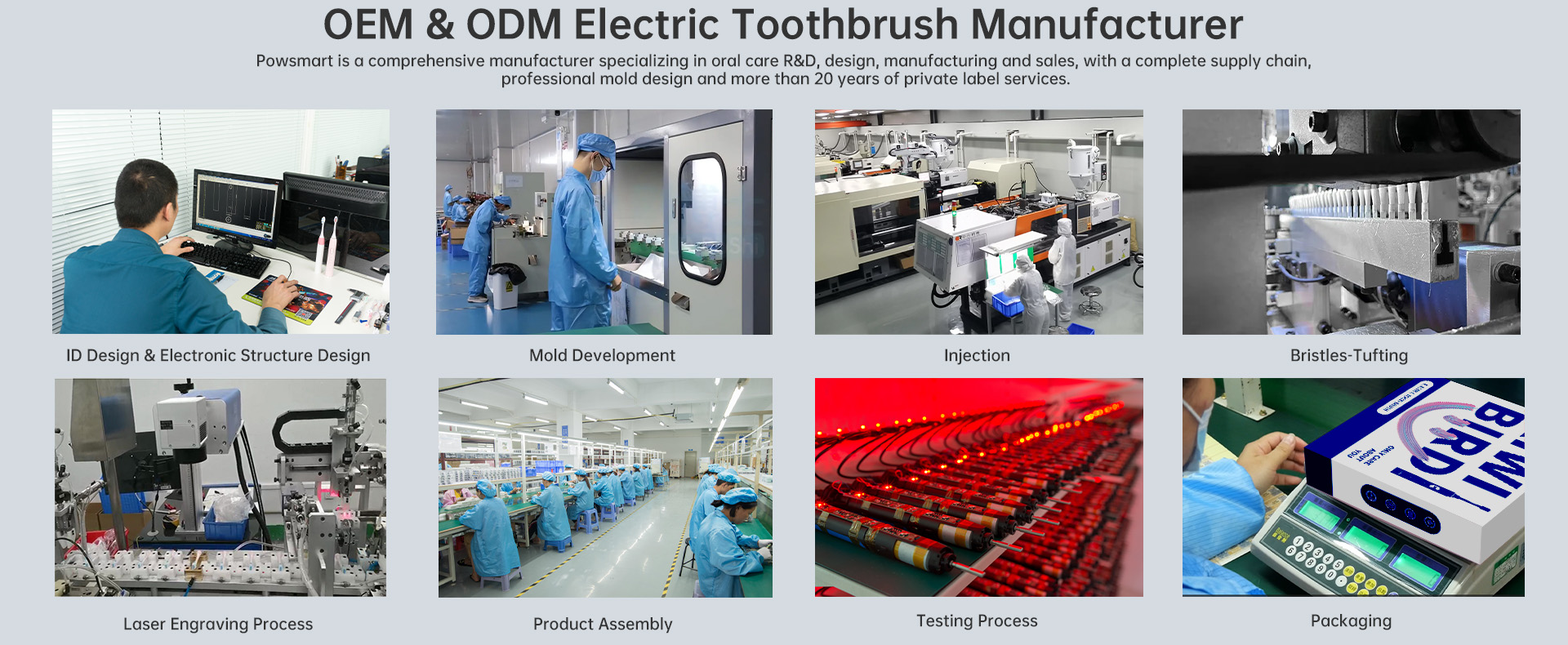
How Much is the Quality Difference Between Different Materials of LED Teeth Whitening Devices?
Is the cowboy style brush the ultimate symbol of Texas pride brush?

electric toothbrush heads Deep Clean

Customization Teeth Whitening Gel
.jpg)
Florida Electric Toothbrush – Powsmart PTR-C8

electric toothbrush heads Regular Clean

electric toothbrush heads Ultra Soft

Private Label Whitening Gel

electric toothbrush heads Charcoal Infuse-Round

Electric toothbrush heads Charcoal Infused-Diamond
whstapp
whstapp
National Toll-Free Service Hotline
+86 755 86238638